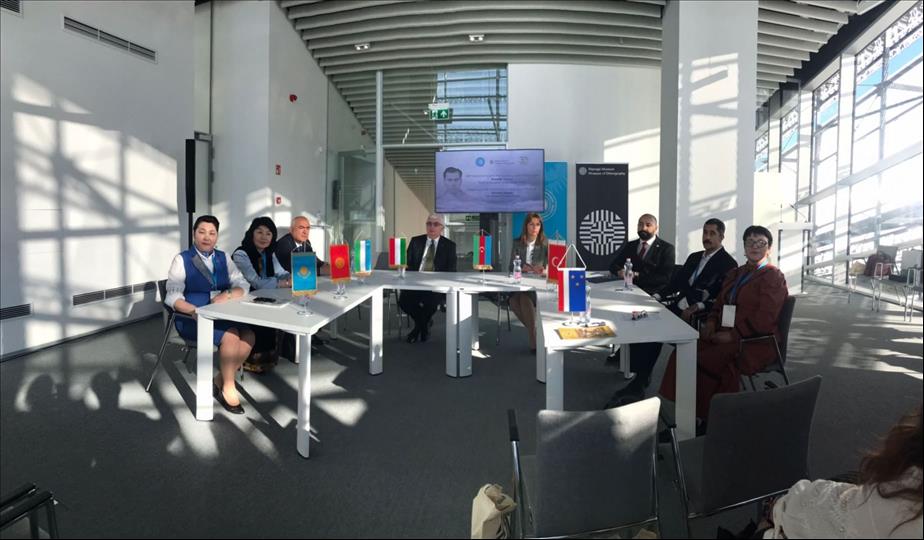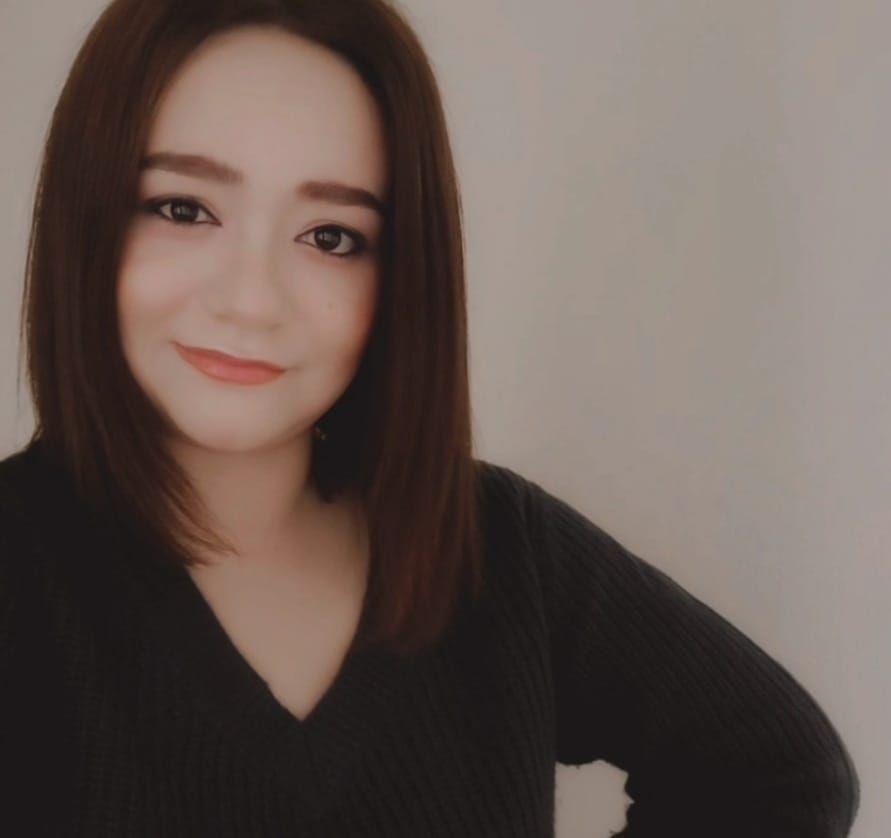The Turkic World museums are on the spotlight in Budapest,
Hungary.
Well-known directors and senior specialists from the museums of
the Turkic world were invited to take part in the panel of the
Turkic World Museums, organized by the International Organization
of Turkic Culture (TURKSOY), the Hungarian Representative Office of
the Organization of Turkic States, the Budapest Ethnographic Museum
and the Union of Museums of TURKSOY, Azernews reports.
The large-scale event is timed to the 100th Anniversary of
Vilmos Dioszegi, Hungarian ethnographer, who conducted researches
on Turkic peoples and shamanism.
The Azerbaijan Carpet Museum director Shirin Malikova addressed
the panel. In her speech, she stressed the importance of these
traditional meetings in order to expand relationships between the
museums of Turkic states.
The museum director highlighted the historical cultural ties
between Hungary and Turkic world developing today in the course of
time.
Note that the Carpet Museum regularly holds multiple events,
including international symposiums, conferences, and numerous
exhibitions.
The museum stores over 14,000 exhibits of the finest Azerbaijani
carpets. In 2019, the museum received a national status for its
significant contribution to the popularization and promotion of
Azerbaijani carpet weaving art.
Moreover, the museum has received a Certificate of Tripadvisor
Travellers' Choice for the fifth time and the Humay National Prize
- another indicator of the museum's successful activities.
The Carpet Museum also successfully cooperates with many foreign
museums and influential international organizations.
It also holds a number of exhibitions and scientific conferences
to attract visitors of all ages, without exception, including
visitors with disabilities. Around 70,608 people visited the museum
last year.
The meeting was followed by panel sessions. At the first
session, she made a detailed report "Museum and Visitor: Horizons
of Cooperation", which covered essential aspects such as the Carpet
Museum's work principles, meeting the modern requirements, its
cultural and educational projects aimed to arouse visitors'
interest to the ancient national heritage.
The report was welcomed with great interest. During the
discussion, the museum director answered participants'
questions.
Representatives from Turkiye, Hungary, Kazakhstan, Kyrgyzstan,
Uzbekistan, and other countries also made interesting reports.
They provided insight into the museum field and ethnographic
research.
---






















Comments
No comment